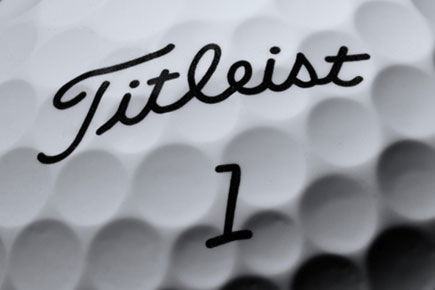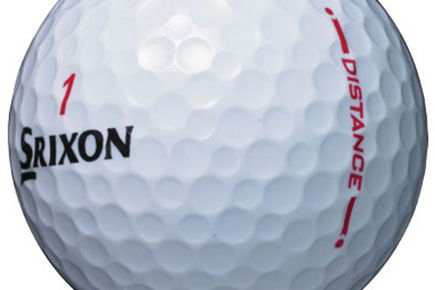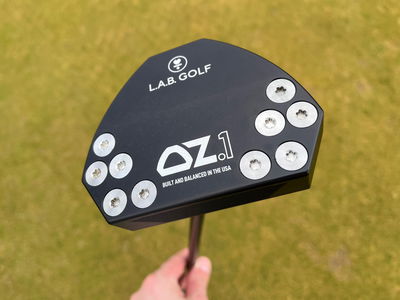Pro V1 (2013)
Just when you thought the Titleist Pro V1 couldn’t get any stronger, it has.
For 2013, the brand associated with the No.1 ball in professional golf is giving golfers of all abilities what they’ve been lusting after: dimples that are longer, softer and more durable than ever.

Just when you thought the Titleist Pro V1 couldn’t get any stronger, it has.
For 2013, the brand associated with the No.1 ball in professional golf is giving golfers of all abilities what they’ve been lusting after: dimples that are longer, softer and more durable than ever.
After hitting balls at the Titleist National Fitting Centre at St Ives recently, I was informed by my club fitting expert Paul Thomson that the Pro V1 was the ball for me. That was fortunate, since I’d been playing with the Pro V1 brand for the past several years.
On first inspection, the new Pro V1 felt much softer thanks to its softer compression core which I was informed has decreased from 92 to 87. This made a dramatic difference to my spin rate, particular with the driver.
On the tee, drives seemed to be spinning less and had a shallower angle of descent than the 2011 version. All in all, longer distance off the tee, with drives pushing a 240-yard carry and greater roll out by some 20 yards. But most importantly, drives were consistently flying straight with a nice mid-to-high ball flight.
Yet one of the greatest differences with the 2013 Pro V1 lies in the composition of the core. The ball contains a solid core formation designed to improve consistency and resiliency and this was apparent with all clubs through the bag.
In terms of my mid to long irons, this is where the ball really impressed. So much so, I was hitting the ball a little further than I intended, particularly with the long irons. On one occasion, my 6-iron flew 5-iron distance. The ball was compressing up against the clubface and taking off on a slightly lower launch angle than I’d previously encountered with its predecessor.
The hearty sound of ball leaving clubface at impact was just beautiful and the ball was holding its line impressively in the wind. Workability was also simple both in terms of draw and fade, high or low.
With the wedges, I was receiving plenty of ‘drop and stop’ from inside 100 yards, as well as chips around the greens and out of the bunkers. The new softer compression ZG process core technology has clearly made a dramatic difference to the feel of the Pro V1.
Although the new Pro V1 hasn’t lost any of its 352 tetrahedral dimples, it does feature a newly formulated, softer Urethane Elastomer cover and paint system that sticks far better to the ball.
I have found that durability has always been a common concern with Pro V1's and their soft covers, but I noticed a longer lasting golf ball this time around.
Even when I tugged a drive down the cart path, I took my drop and noticed the ball had received very little damage, if any. At the end of my round, the ball I started with on the first hole appeared extremely resistant to scuffs and chips. The new paint system also means the ball stays whiter for longer and that has to be of an advantage providing you don’t knock it OB.
Verdict
The combination of the uniform, solid core and the increased dimple pattern of the Pro V1 produces a golf ball with greater spin control and a more consistent ball flight. Driver distance will certainly increase somwehat, but a whole new world of performance awaits with the irons.
Yes, it’s expensive at £51 per dozen but the new Pro V1 is as good as it gets. I feel this like ball is also an ideal option for golfers with slower swing speeds who want greater ball performance consistency from tee to green.












